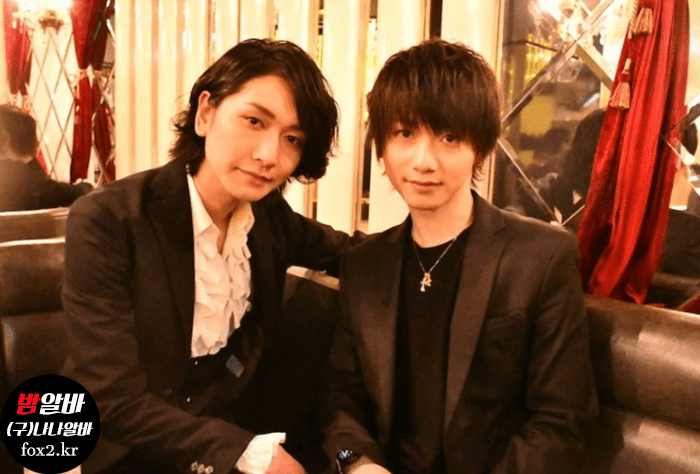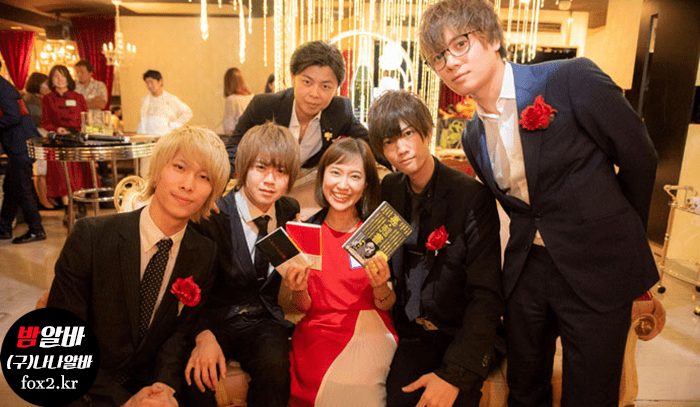
Know the 유흥업소 알바 local customs before getting a massage in Japan. Japanese people regard massage as a comprehensive therapy that may improve health and well-being. The country’s traditions may have influenced this paradigm shift. Shiatsu and other traditional Japanese therapies boost ki (energy) flow by applying pressure to certain body parts.
This exercise may reduce pain and quiet the mind. Aromatherapy and herbal treatments increase the therapeutic effects of Japanese massages. Japanese massages require partial disrobing. Japanese massages just need you to strip in a limited space, unlike in the West. Our culture expects people to respect our privacy and personal space.
Japan has so many massage methods that obtaining one is like picking a hat. You need to know your needs and preferences before choosing the best massage for you. If you need relaxation, try a Swedish or Shiatsu massage. Swedish massage’s stress-relieving and blood-flow-boosting kneading and long, smooth strokes are popular. Swedish massage involves lengthy, flowing kneading. Swedish massage originated in Sweden. Shiatsu employs finger pressure to increase energy flow.
Localized tension and pain may benefit from deep tissue massage and acupressure. These approaches penetrate muscle fibers deeper. Deep tissue massages may relieve chronic pain and muscular tension. Acupuncture promotes spontaneous healing by applying pressure to meridians. Before booking a massage, consider prior ailments and injuries.
If you have questions about the best therapy for you, ask your massage therapist before your appointment. This maximizes your time together.
If you’re new to Japan or don’t speak the language, finding a good massage parlor may be challenging. If you’re a first-time immigrant, remember this. If your language skills are poor, remember this. Start by reading customer reviews on the web. Do this first. Before investing time or money, be sure the company has a strong reputation and satisfied clients. When choosing, consider personal preferences like massage style.
Some spas solely provide the traditional but still popular Japanese massage, while others include Thai and Swedish massages. Before making an appointment, choose a spa that offers your preferred massage. Maximizing massage benefits is worth the effort. The company must have all local health authority licenses and certifications. This ensures that personnel are well-trained and can always keep the surroundings clean.
Most importantly, ask all relevant questions throughout the appointment-making process. Ask about price, availability, and other conditions. Reputable massage parlors give excellent service and respond to customer feedback.
To maximize your massage and stay in Japan, keep a few things in mind before leaving. Doing this before a massage can enhance its benefits. Before a massage, wash or bathe. Japanese culture values cleanliness and health. Second, wear loose clothes or the provided yukata (a light cotton robe) since certain massage methods include stretching and manipulating the limbs. If you don’t have a yukata, use the offered robe. If you don’t wear a yukata, wear something loose.

Heavy meals before a massage may make you uncomfortable. Ignoring my advice may cause massage anxiety. Ignoring this instructions may cause unexpected massage pain. Discussing concerns or sensitive areas with your therapist before your meeting is crucial. This lets them optimize their strategies. You’ll have fun following these directions. Given its importance, please arrive on time or early. If you’re late, the Japanese may shorten your session.
To get the most out of a massage in Japan, just follow the therapist’s instructions.
Japanese massages are easier to enjoy if you know what to expect. Before booking, research the massage parlor’s atmosphere. Before entering the massage room, put on the robe, yukata, and slippers. You’ll enter with an usher. A staff member will welcome you inside. Before treating, the massage therapist will enquire where the pain is. Japanese massage uses deep pressure and stretching. These methods may strain patients.
The massage therapist needs to know whether there is pain or discomfort to modify pressure or go to another region. This will assist your therapist decide how to treat your pain. A massage therapist often uses hot stones or towels to soothe the client. Background music may enhance the experience.
Most spas let you rest with tea and read after your massage before asking you to change.
To feel your best after a Japanese massage, follow the aftercare instructions. After a massage, drinking water may help flush waste. This helps the body eliminate cleaning waste. Resting after a massage helps the body absorb its benefits. Drink coffee or alcohol at least two hours following a massage. When you’re drinking water to keep hydrated, none of these should cause water loss.
Some people feel more invigorated and have more stable blood sugar levels if they eat before or after their massage. The masseuse and massagee may benefit. Stretching and other gentle workouts may loosen muscles and joints. A long, hot shower or hot tub session might help you relax and calm down. Finally, notify the masseuse of any pain or discomfort. Tell your massage therapist if you’re uncomfortable afterward.
Start with fundamental research in these areas: Since there are numerous types of massage in Japan, you should know what you want before you go! Japan has several massage types. Seat reservations: Since most massage parlors need appointments, being ready for your session is crucial. Start work! Be on time or even a few minutes early for your massage. Japanese massages require shoe removal. Shoes removed at the entrance.
Share your… If anything specific is stressing you, tell your therapist straight away. Japan doesn’t tip, so don’t tip the massage therapist that helped you. This contradicts “Western” standards.
